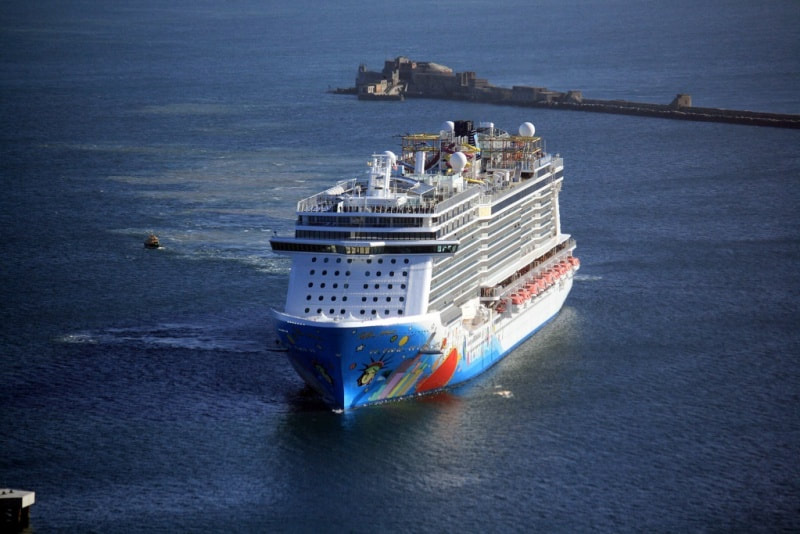Is the cruise industry headed for annual net earnings in the $9 billion range on total gross revenues of $60 billion or more? That is the projection provided by the 2018-2019 Cruise Industry News Annual Report.
The forecast is based on projected capacity growth reaching nearly 40 million passengers by 2027 and the 2017 average spend by each passenger of approximately $1,500 per cruise.
Capacity growth is tracked year by year through 2027 including newbuild orders, ship deployment and withdrawals.
Net earnings are estimated from the publicly traded companies’ 2017 profit margins that ranged from 14 percent from Norwegian Cruise Line Holdings to 14.8 percent for Carnival Corporation and 18.5 percent for Royal Caribbean Cruises.
A further upside would come from the new and larger ships being yet more efficient to operate and offering more onboard spending opportunities, as well as growing demand in existing markets and tapping new markets.
The two largest companies, Carnival Corporation and Royal Caribbean Cruises, have a string of unbroken annual earnings since their IPOs in 1987 and 1993, respectively.
The forecast is based on projected capacity growth reaching nearly 40 million passengers by 2027 and the 2017 average spend by each passenger of approximately $1,500 per cruise.
Capacity growth is tracked year by year through 2027 including newbuild orders, ship deployment and withdrawals.
Net earnings are estimated from the publicly traded companies’ 2017 profit margins that ranged from 14 percent from Norwegian Cruise Line Holdings to 14.8 percent for Carnival Corporation and 18.5 percent for Royal Caribbean Cruises.
A further upside would come from the new and larger ships being yet more efficient to operate and offering more onboard spending opportunities, as well as growing demand in existing markets and tapping new markets.
The two largest companies, Carnival Corporation and Royal Caribbean Cruises, have a string of unbroken annual earnings since their IPOs in 1987 and 1993, respectively.


 RSS Feed
RSS Feed
